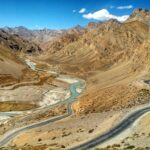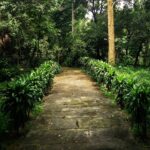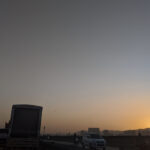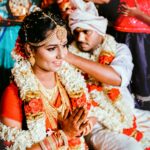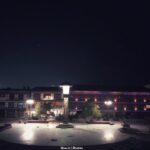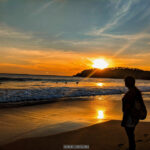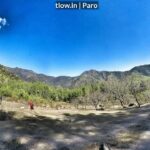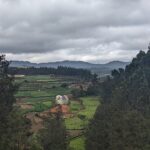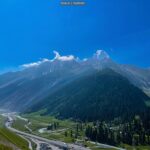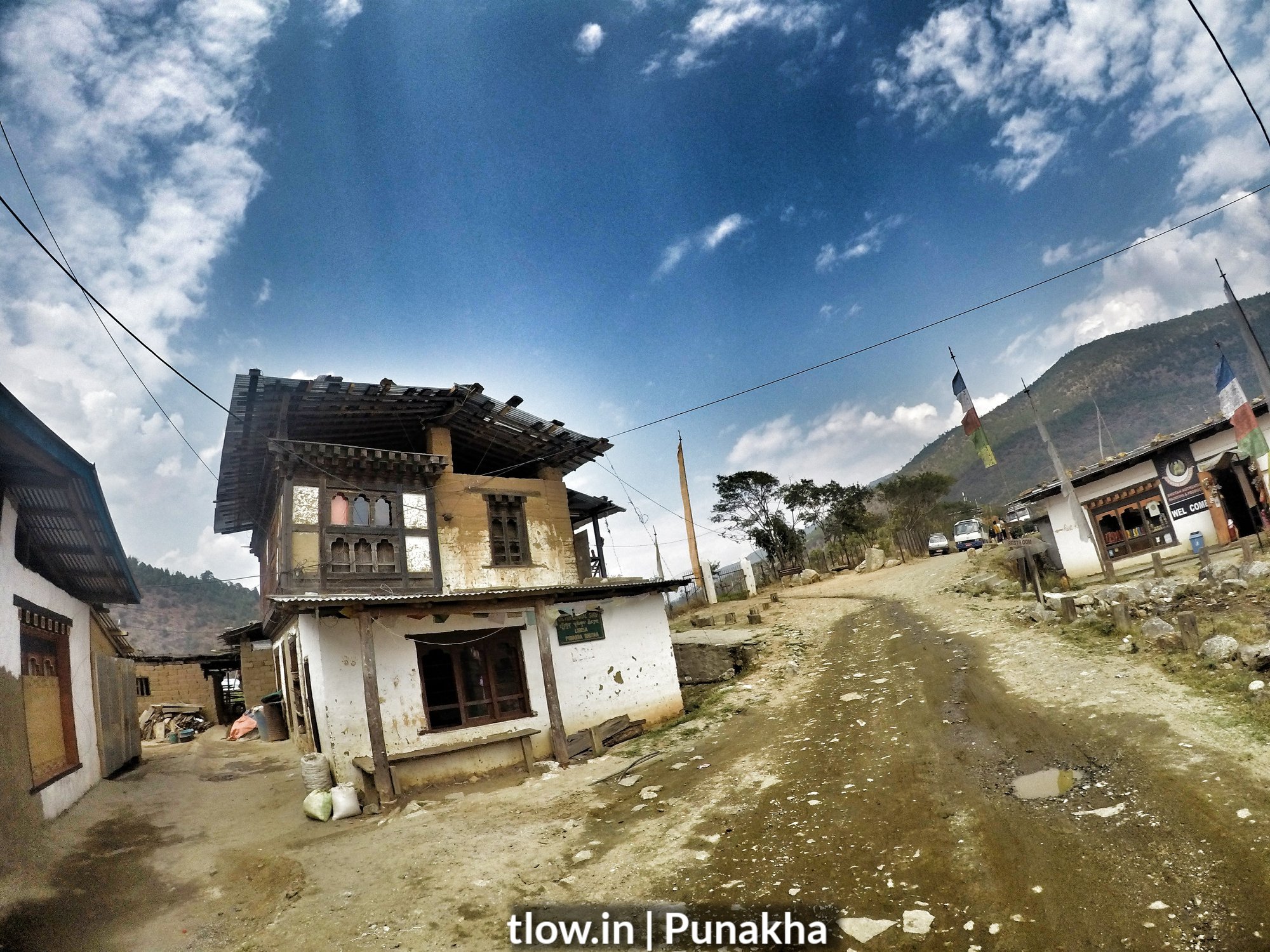
Nine facts about Punakha, Bhutan
Punakha is the administrative centre of Punakha dzongkhag which is one of Bhutan’s 20 districts. Punakha was the capital of Bhutan until 1955, after which Thimphu was named the new capital of Bhutan.
1. Climatic conditions
It is about 72 km away from Thimphu. The climate is quite warm in winter and hot in summer because it is located at an elevation of 1,200 meters above sea level. With a population of 6,262 Punakha is the seventh-largest city in Bhutan.
2. Legend of Punakha Dzong
According to a local legend, the sage Padmasambhava prophesied that “a person named Namgyal will arrive at a hill that looks like an elephant”. Ngawang Namgyal, 1st Zhabdrung Rinpoche, found the peak of the hill, which appeared in the shape of a trunk of an elephant as prophesied, and built the dzong in 1637-38.
3. Rice bowl of Bhutan
Preached at an altitude of 1200 mts, Punakha has two major rivers, Pho Chuu and Mo Chuu. Situated along the banks of these rivers, the soil is blessed with rich alluvial soil which makes Punakha, the rice bowl of Bhutan.
4. Former capital of Bhutan
The city of Punakha was once the capital of Bhutan and the seat of government until 1955. Punakha still plays a significant role in Bhutan's political and economic scene.
5. Ritsha village
Ritsha meaning at the base of a hill is a typical village in Punakha. The village houses are made of pounded mud with stone foundations. Each house is only two storeys high. Surrounding the houses are the gardens and the rice fields.
Both red and white rice are grown along the river valley of Pho and Mo Chu, two of the most prominent rivers in Bhutan which makes it model rice-growing village in western Bhutan.
6. The Fertility Temple
Chimi Lhakhang also known as the Fertility Temple, is a Buddhist monastery, in the Punakha District. The temple was built over half a millennium ago by Ngawang Choegyel, the 14th Drukpa hierarch.
The monastery is renowned throughout Bhutan as a fertility inducing magnet, pledging that all who wish to conceive will find guidance at the temple. Thousands of pilgrimages are made to the Fertility Temple by couples in the hope of having a child.
7. The Festival of Punakha
“Punakha Tshechu” is one of the most popular Tshechus in the country. It is held right after the popular Punakha Drubchen. This religious festival features masked dances and music. The unfurling of the thongdrol which is a large tapestry of Guru Rinpoche is the main attraction of the festival.
8. Mandatory to wear national dress
One of the many ways in which Bhutan preserves its arts and traditions is by making its people wear the national dress to schools, government buildings and on all formal occasions. Every citizen is expected to wear the traditional gho for men and kira for women.
9. Longest suspension bridge
Punakha suspension bridge which is the longest suspension bridge in Bhutan is high above the river Po Chu and spans about 160-180 meters in length. It is one of the most visited places in Punakha.
-->For a similar experience, >>Click here
-->To plan a trip to Asia, >>Click here

